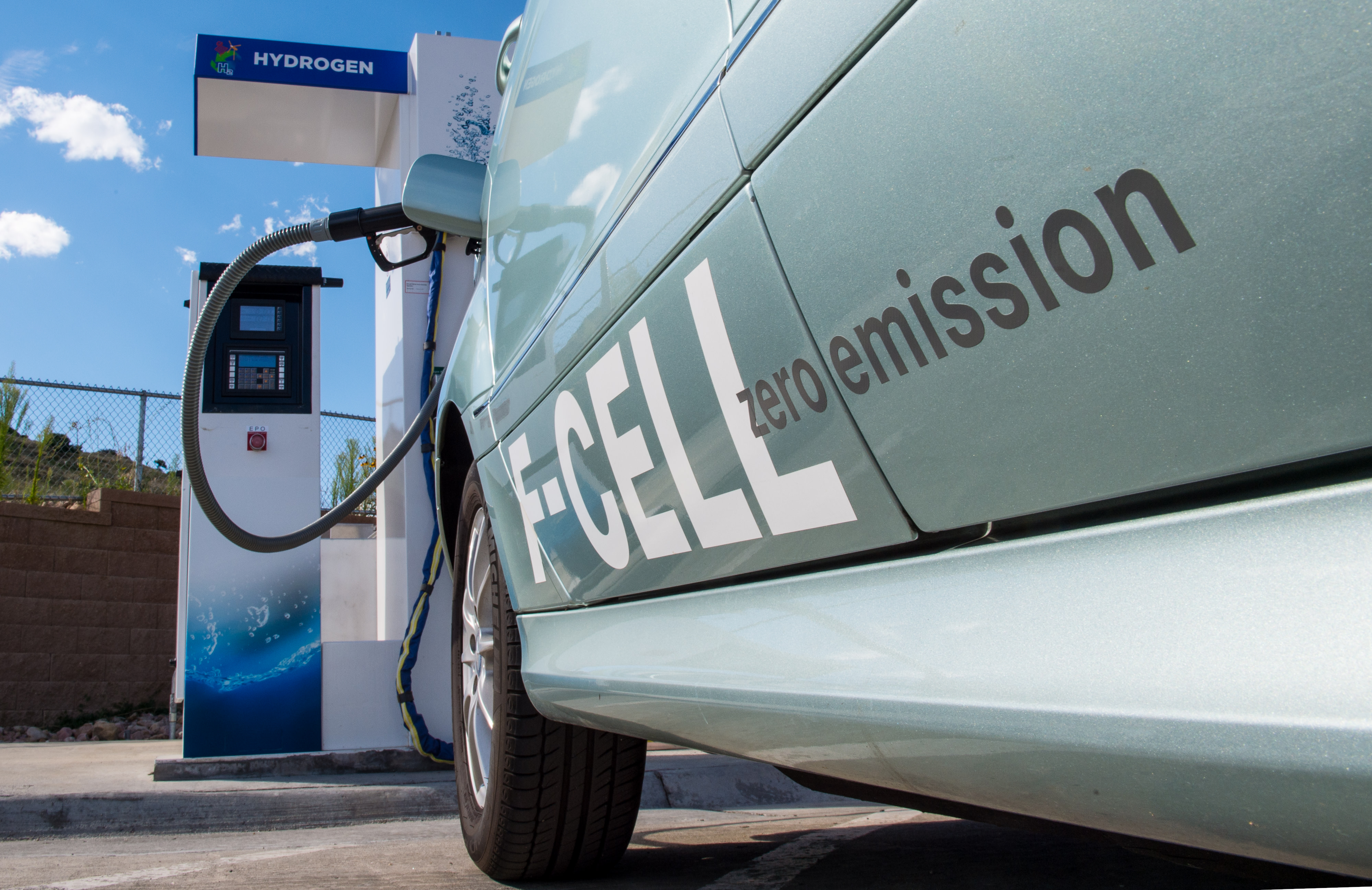Rolls-Royce & Purdue Sign $75 Million Sustainable Agreement
Rolls-Royce Holdings PLC

Rolls-Royce, the leading car manufacturing company, and Indiana's Purdue University have struck a deal worth $75 million for research and testing, to take place primarily at the Zucrow Lab over the next ten years.
Purdue University in Indiana has had a busy spring, announcing plans for a $73 million, 550,000-square-foot research building that would include a state-of-the-art high-speed propulsion laboratory named after Purdue-educated aerospace engineer Maurice J. Zucrow.
Purdue recently showed that the lab would be put to good use, revealing that the university has signed the largest contract in school history for a university-industry relationship.
Rolls-Royce, a historic automobile and aerospace firm, is the other stakeholder in this deal, having put up $75 million for research and testing, which will take place predominantly at the Zucrow Lab over the next ten years.
This isn't the first time these two companies have crossed paths, and Purdue has had a great working relationship with Rolls-Royce for the previous 70 years. The new agreement will put R&D efforts into overdrive, or in this case, hyperdrive.
Purdue notes in a press statement that their partnership has recently expanded to encompass "major work on efforts in hypersonics, cybersecurity, and digital technologies." The new deal would finance "testing and research with an emphasis on gas turbine technology and electrical and digital technology" and "research in sustainable power systems through advanced technology in electrification, turbines, compressors, and combustion with sustainable fuels."
The company is exploring "transformative technologies" such as "hybrid-electric and hypersonic propulsion that will help shape the future of aerospace," according to Warren White, Rolls-Royce's head of assembly and testing.
Purdue President Mitch Daniels says the partnership will address some of the most urgent technology challenges confronting the United States, including those aimed at ensuring long-term national security and strengthening the university's position as a global leader in engineering research.
Source: Thomas





